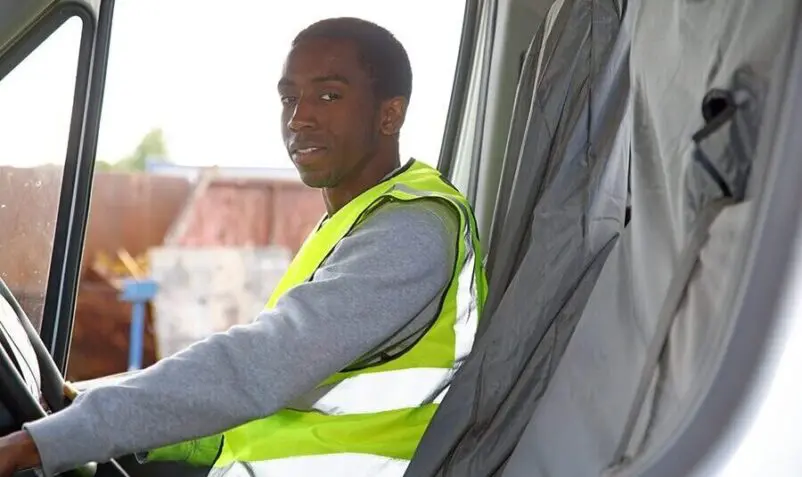‘Furloughing’ has become part of common parlance over recent weeks and months, as organisations in multiple sectors take up the government’s initiative to protect jobs during the coronavirus pandemic.
Furlough – re-engaging your drivers
For many ‘non-essential’ drivers – that is, those whose driving for work is not considered part of the critical response to COVID-19 – furloughing drivers has proven the most effective way of keeping their jobs in place for when things return to something approaching normal. Many companies have made the laudable decision to protect the welfare of their staff and take not just car drivers but van operators off the roads too for a limited period of time.
However, furloughing drivers also creates its own challenges. For individuals who might normally have extremely busy working lives, the sudden switch to sitting at home can have a dramatic impact on mental health and wellbeing. This can be compounded by very understandable fears and concerns regarding the state of the economy – and employment – after this first phase of lockdown is over, as well as potential financial difficulties from managing on a reduced income.
Furloughed company car drivers
For furloughed drivers who drive company cars, it is also important to remember that the vehicle is a benefit in kind, meaning that not only are they losing out on 20% of their salary (if it is not topped up by the employer), but the vehicle which accounts for part of their remuneration is simply sitting on the drive. It is also, of course, still taxed.
With this in mind, organisations which have had to furlough non-essential drivers should be drawing on all the resources they can to support their employees through furloughing and the transition back to work. Employers may wish to look to the charity CALM (Campaign Against Living Miserably), which offers a great array of resources and advice on managing relationships with staff and supporting them through periods of stress and anxiety.
Stay connected with your drivers
Videoconferencing and collaboration technologies, such as Zoom and Microsoft Teams, are proving a useful way for many organisations to remain connected with their furloughed staff and ensure visibility and communication throughout. This can also help to keep drivers in the loop with regard to their return to work, and the steps which are being taken to ensure they are kept safe when back behind the wheel.
And when we are talking about bringing furloughed drivers back to work, it is important to remember they will need time to adjust. This would be so, even if we were all going back to normal, for example a van driver reacquainting themselves with their vehicle’s size and visibility restrictions. But we’re unlikely to go back to ‘normal’ as it was before – many commuters fearful of using public transport are taking to roads as novice cyclists or motorcyclists and councils are narrowing roads to facilitate social distancing for pedestrians so drivers will need to be extremely alert to this new driving environment.
Free COVID-19 Transport Toolkit
DfBB has developed a collection of resources to guide organisations with employees who drive for work through the challenges of the COVID-19 pandemic, including furloughing drivers.
Click here to explore our COVID-19 Transport Toolkit.






